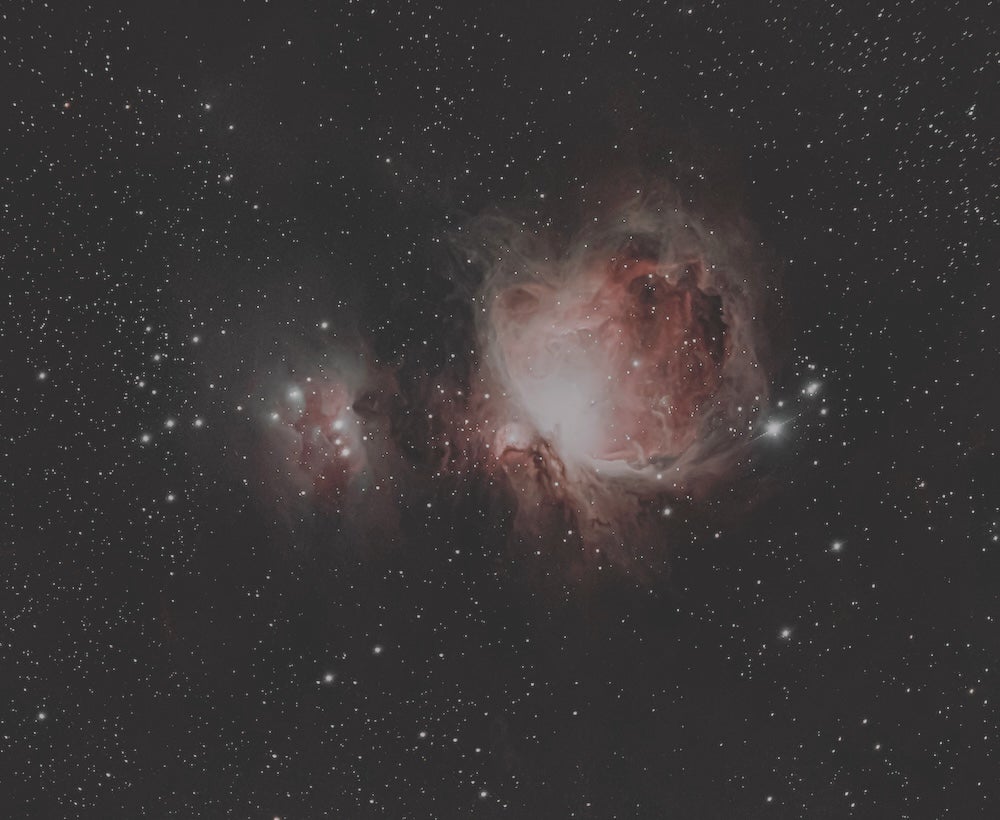
How do light pollution filters work? Do they actually help?
Kyle Norris
Peoria, Arizona
Light pollution reduction (LPR) filters work because many outdoor lighting sources do not shine evenly across the visible spectrum. Instead, they emit radiation at only a few distinct wavelengths. For instance, a high-pressure sodium streetlight radiates principally in yellow wavelengths. LPR filters suppress those and similar wavelengths while allowing others through.
LPR filters don’t reduce all forms of light pollution, despite their name. They do little to reduce the impact of car headlights, lights directed onto buildings, and other fixtures that (unfortunately for astronomers) emit all visible wavelengths.
Another common fallacy is that these filters make sky objects look brighter. Filters only subtract light, dimming everything. In the process, however, the background sky and field stars darken more than the target. This boosts the contrast, making celestial objects easier to spot.
Some amateurs believe these filters dim the view so much that they can’t use them with small telescopes. That’s also not true. Any telescope can benefit from these filters.
Under urban and suburban skies, LPR filters perform best on bright nebulae. While a filtered view seldom shows more detail than an unfiltered one, or reveals an otherwise invisible target, LPR filters improve the visual aesthetics by darkening the background sky. And even from a dark site where there’s no light pollution, nebulae tend to look a bit better.
If you live under a dome of light pollution, consider adding an LPR filter to your equipment arsenal. Once you start using filters, you’ll be amazed at what you’ve been missing. It’s the same pleasant experience as putting on your “shades” on a sunny day.
Michael E. Bakich
Associate Editor
This question and answer originally appeared in the July 2012 issue.









